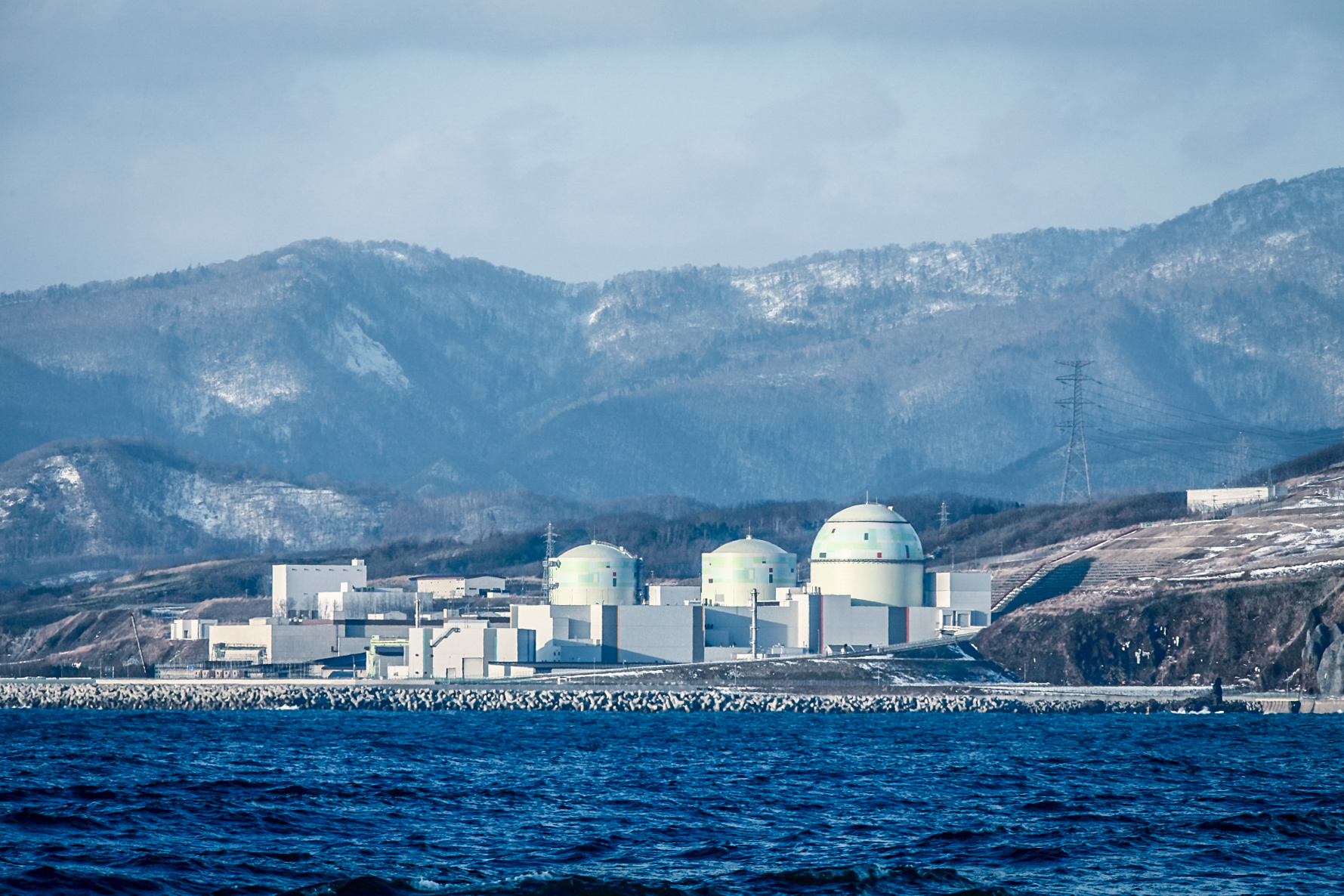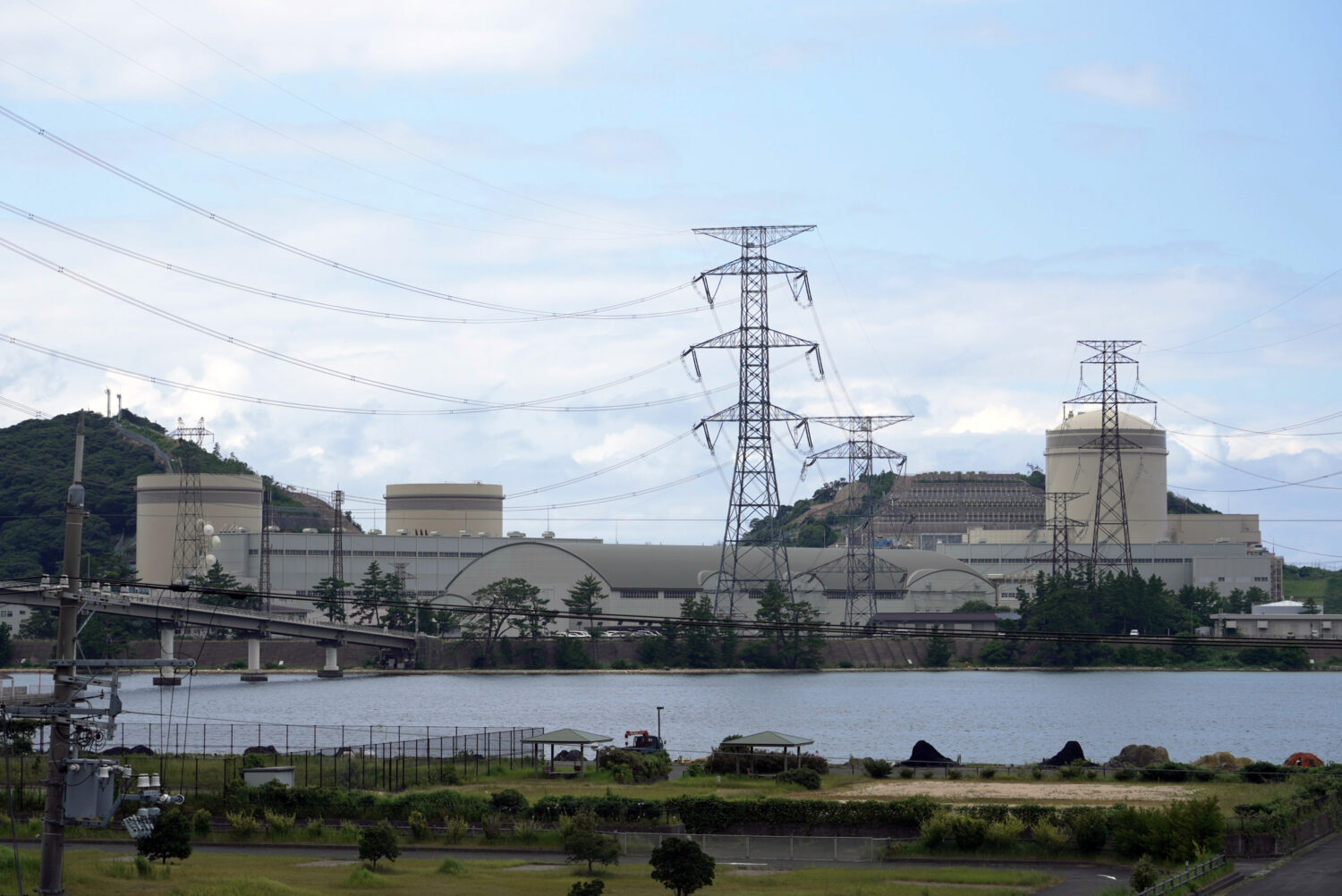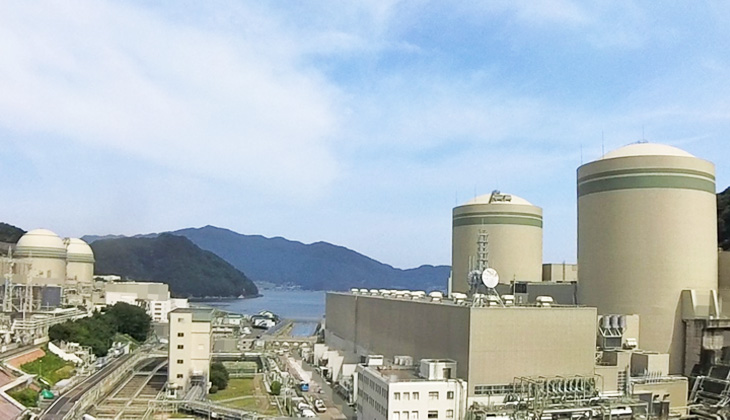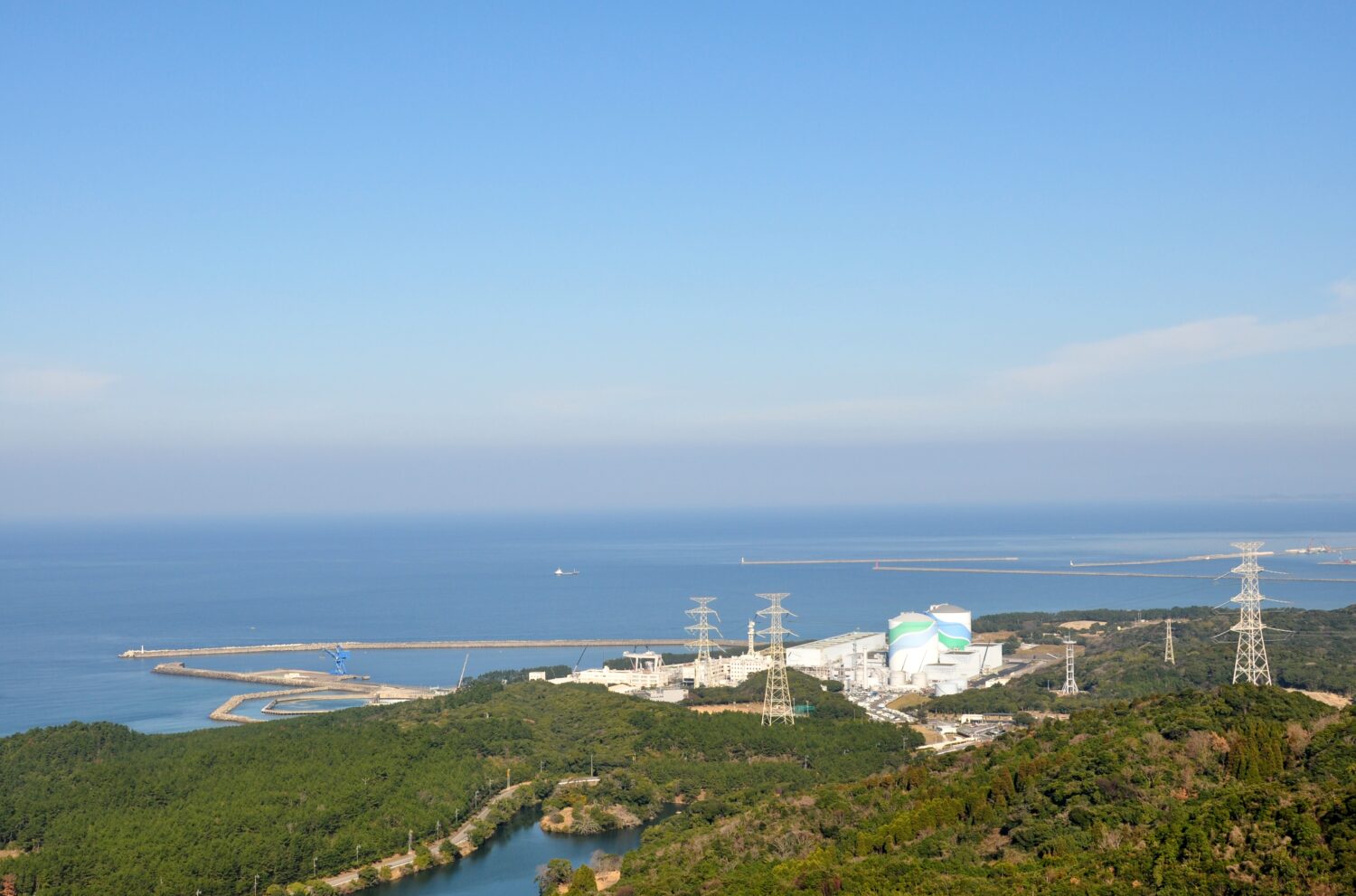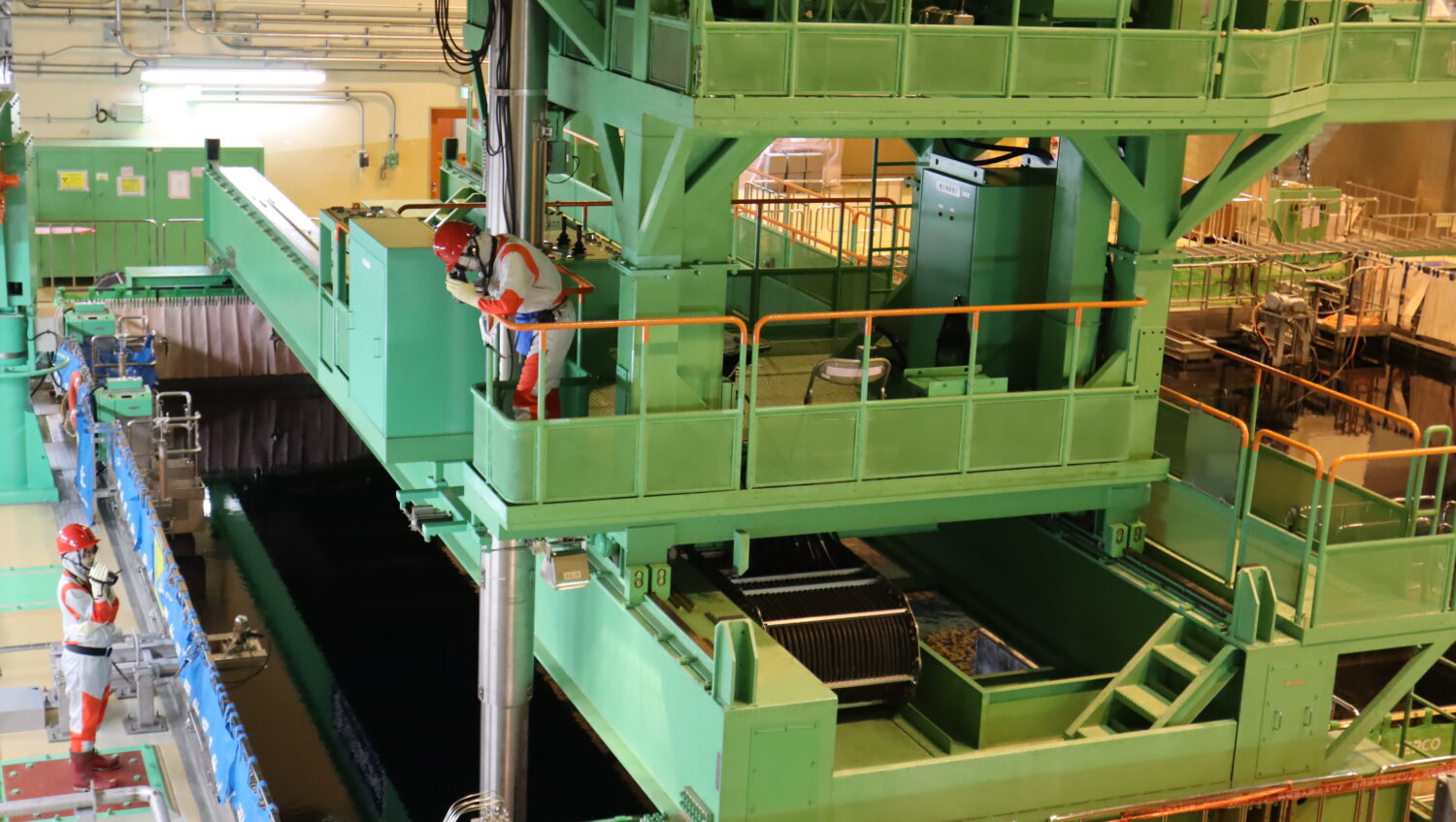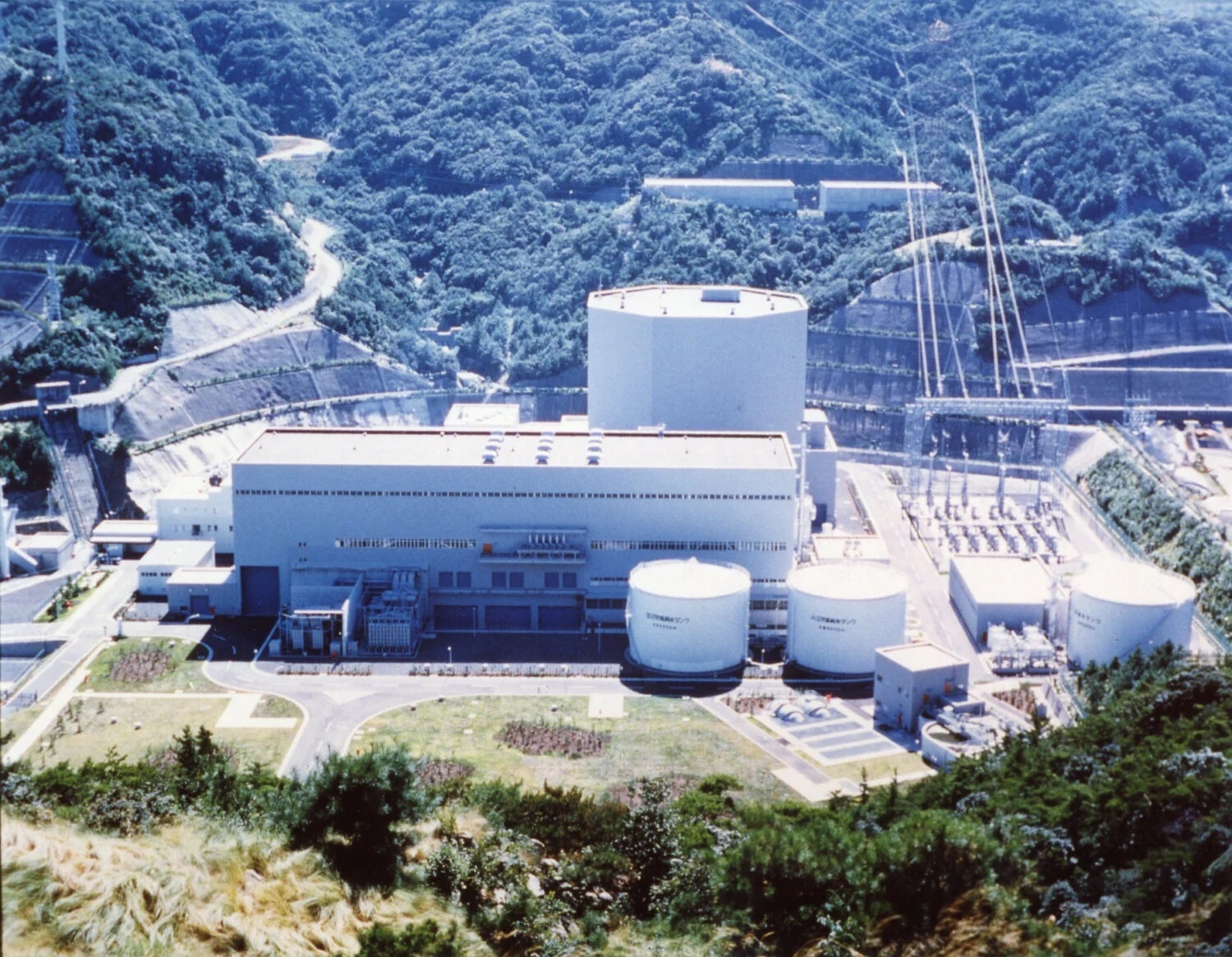Dry storage facilities house spent fuel, which has been cooled in pools for a designated period, within metallic containers known as “casks.” Cooling is accomplished by natural air convection, eliminating the need for water or electrical power and thus simplifying maintenance. This method is widely utilized internationally, including in the United States and Switzerland. In Japan, however, such storage is regarded as temporary, presupposing eventual reprocessing of spent fuel. The completion of Japan Nuclear Fuel Ltd.’s Rokkasho reprocessing plant, initially anticipated to be operational by fiscal year 2026, has been delayed, making the assurance of adequate spent fuel storage capacity an urgent priority for power companies.
In Japan, dry storage is already implemented at Japan Atomic Power Co.’s Tokai Daini (BWR, 1100 MW), and spent fuel transport began last year to the Recyclable-Fuel Storage Company in Mutsu City, Aomori Prefecture, jointly owned by Tokyo Electric Power Co. and Japan Atomic Power Co. With the recent approval, Onagawa and Takahama become the third and fourth sites, respectively, after Shikoku Electric Power’s Ikata Nuclear Power Plants and Kyushu Electric Power’s Genkai Nuclear Power Plants, to meet Japan’s new regulatory standards for dry storage facilities within nuclear power sites.


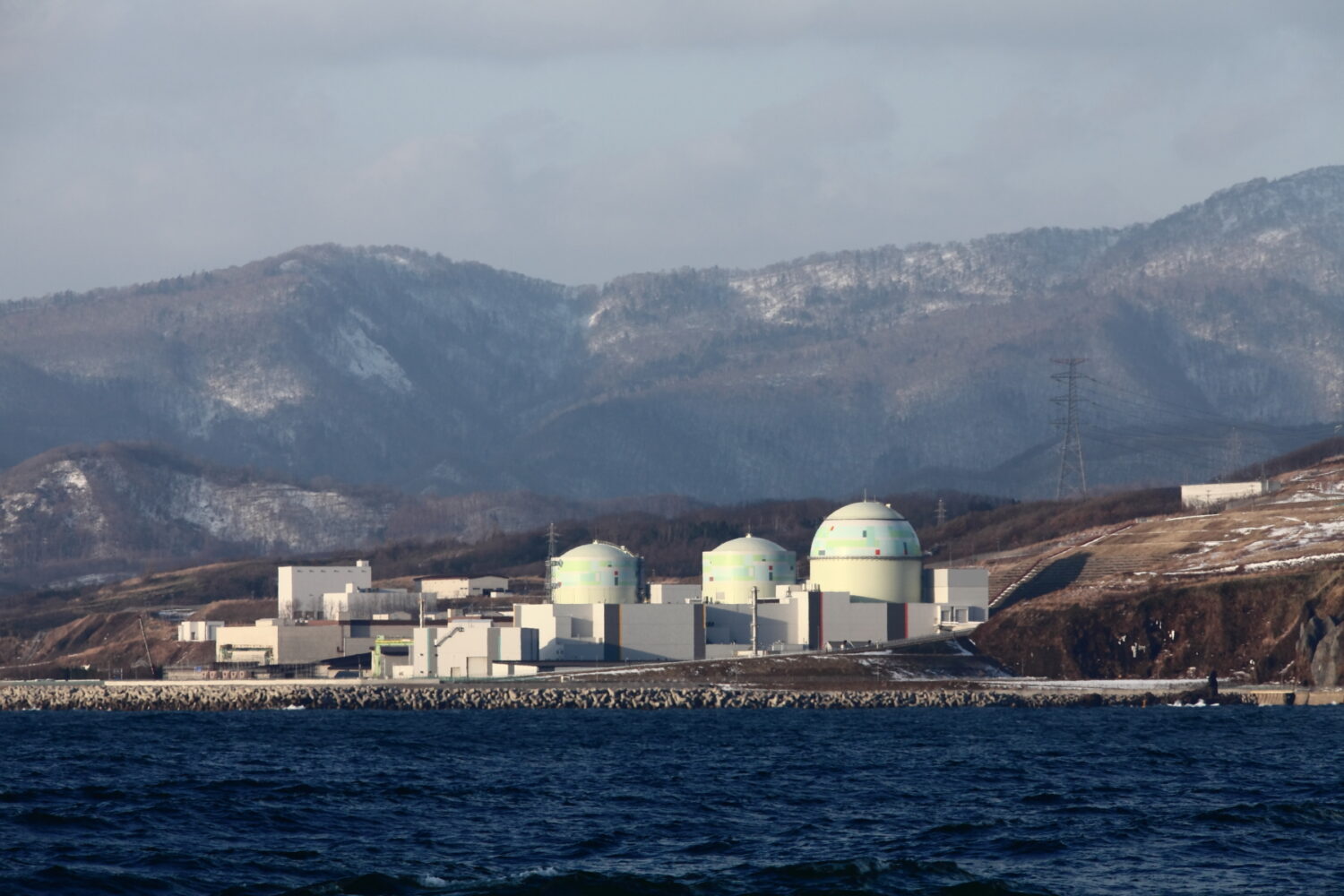
-049.jpg)
.jpg)

